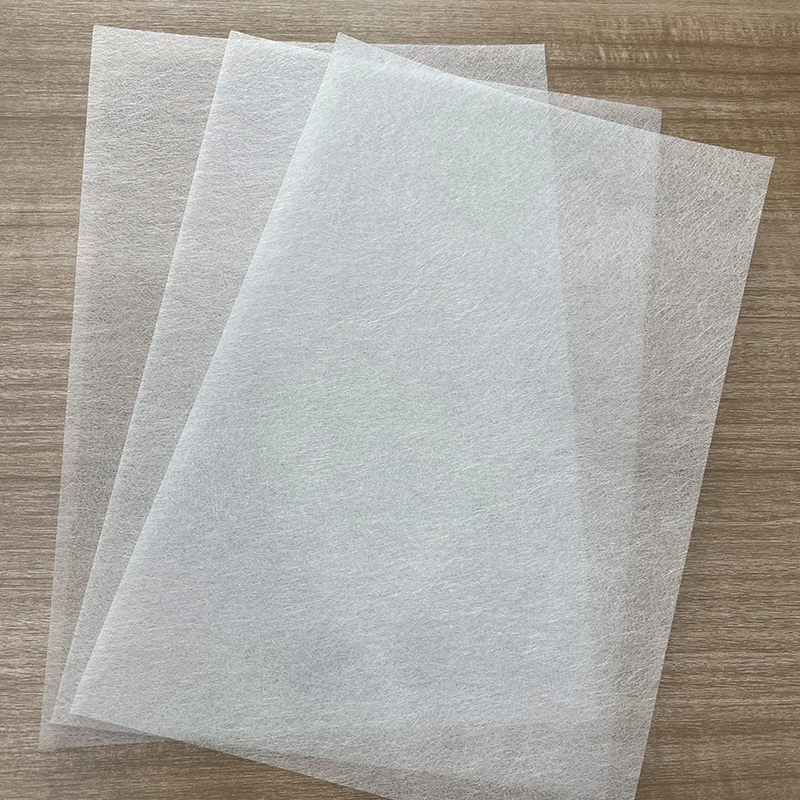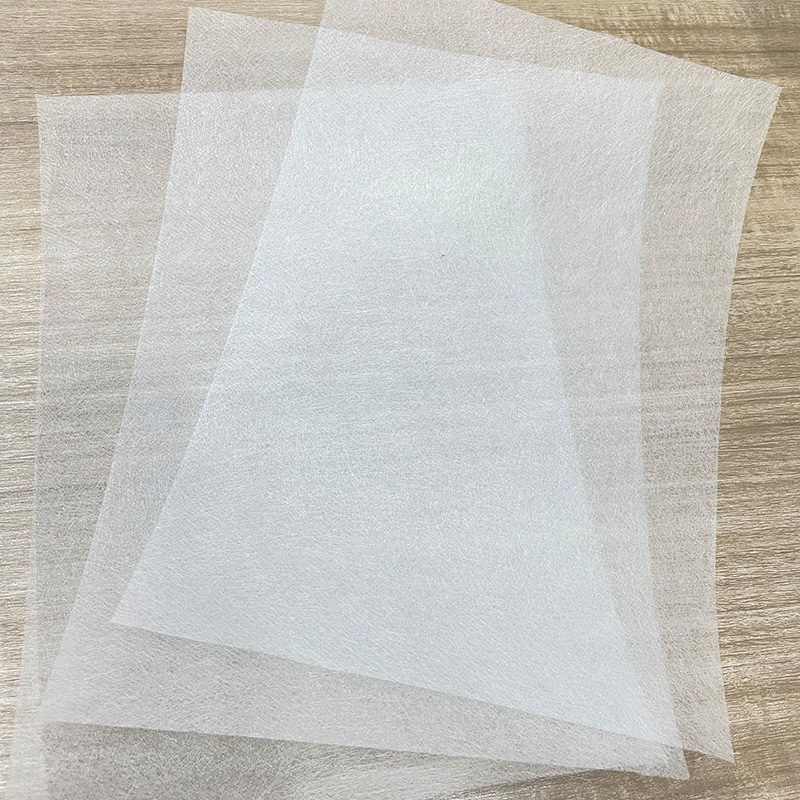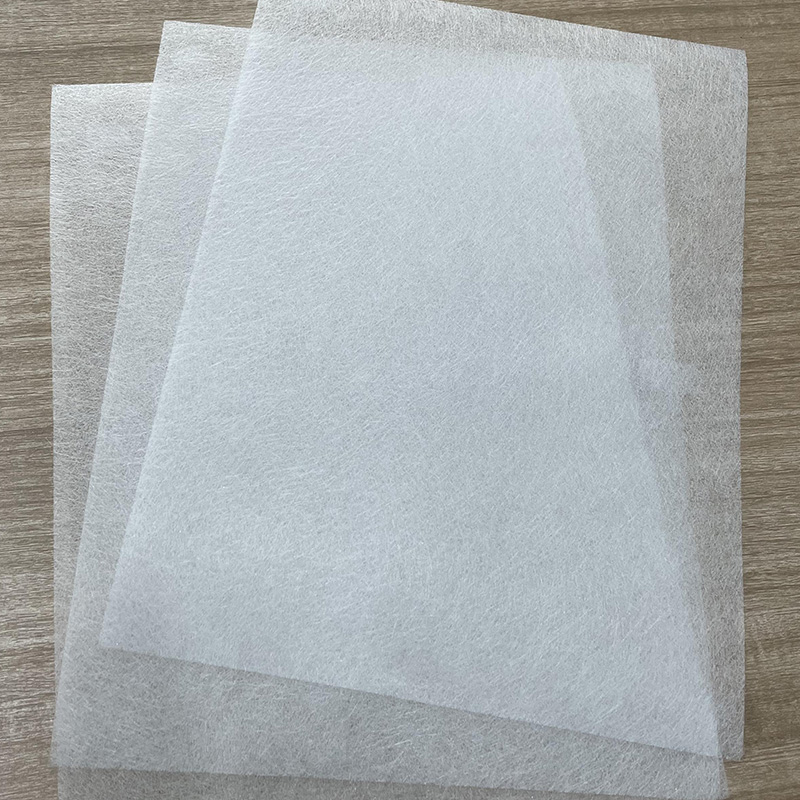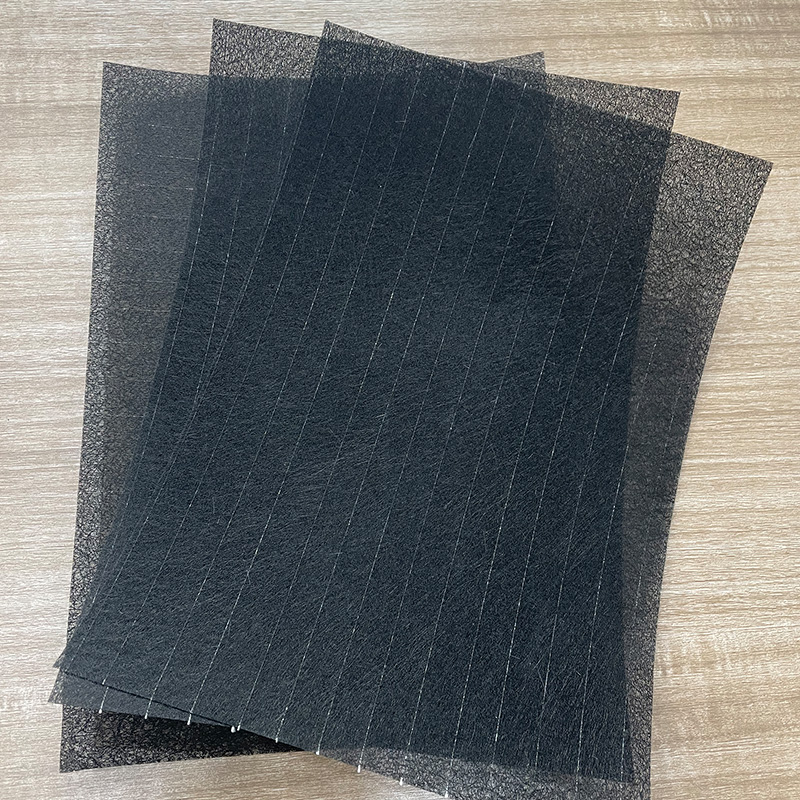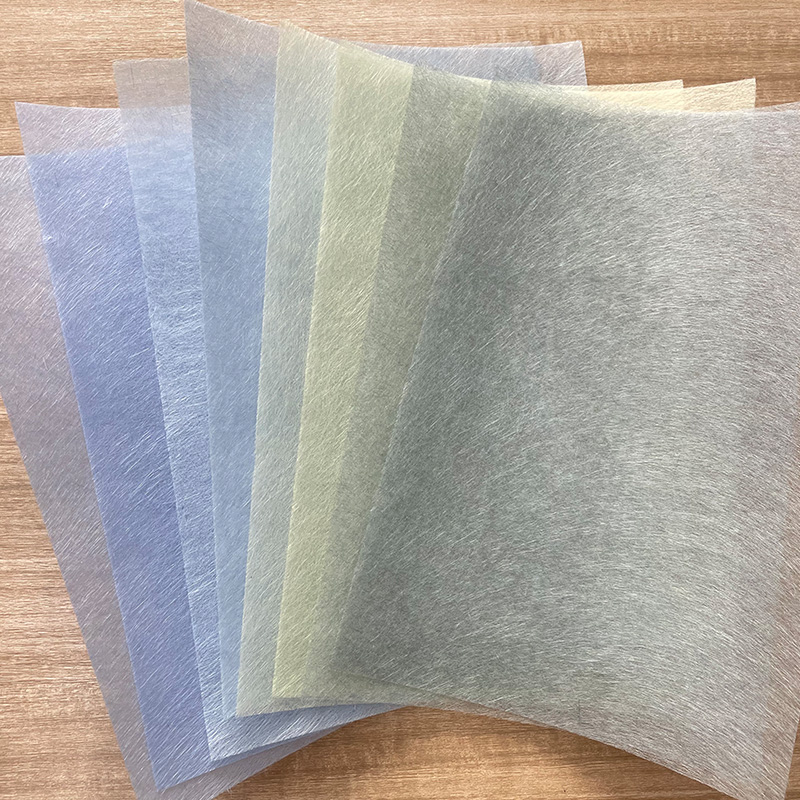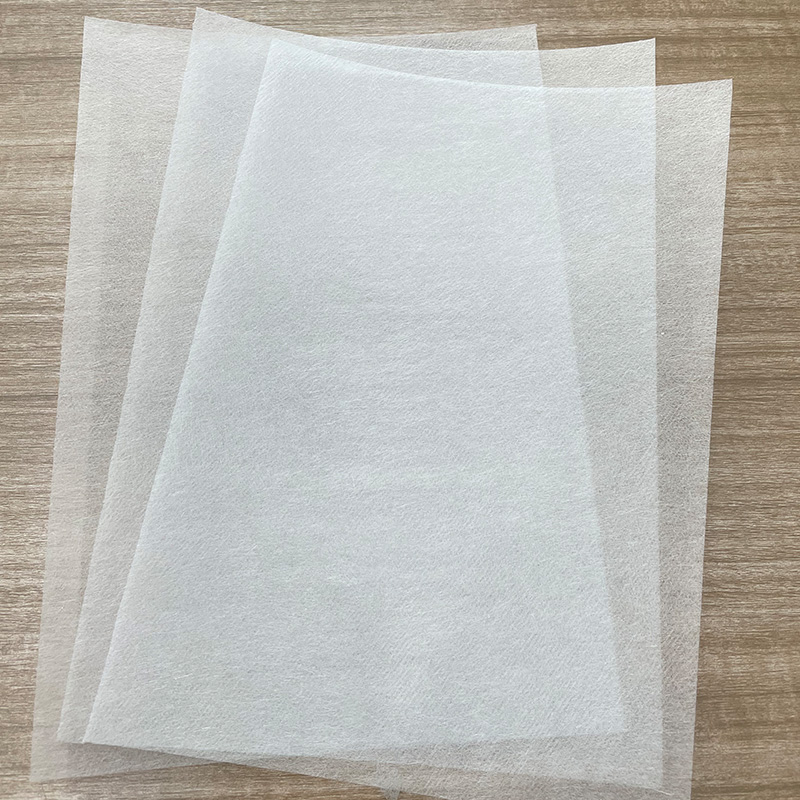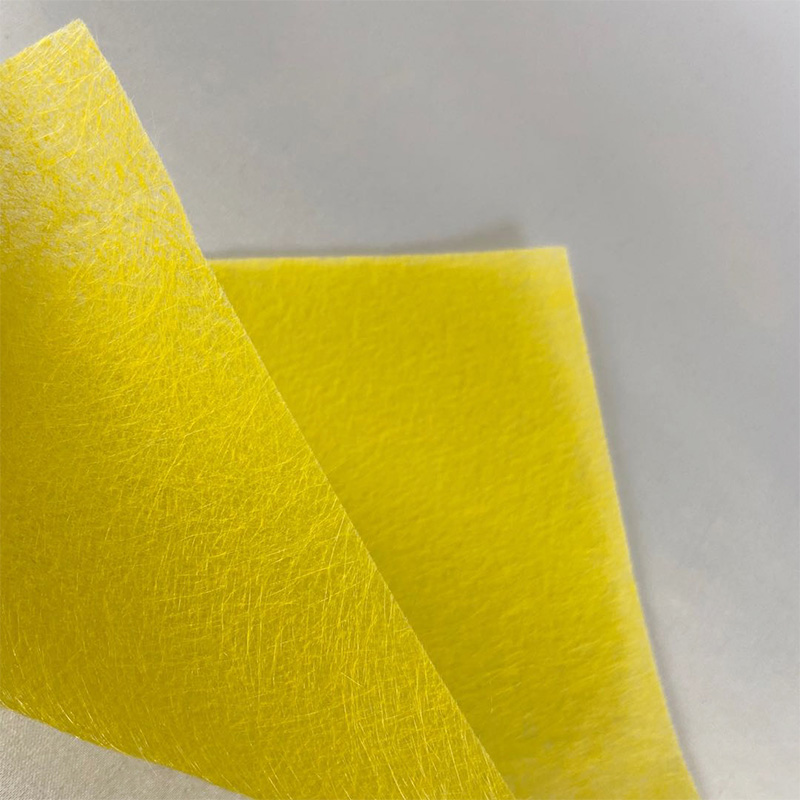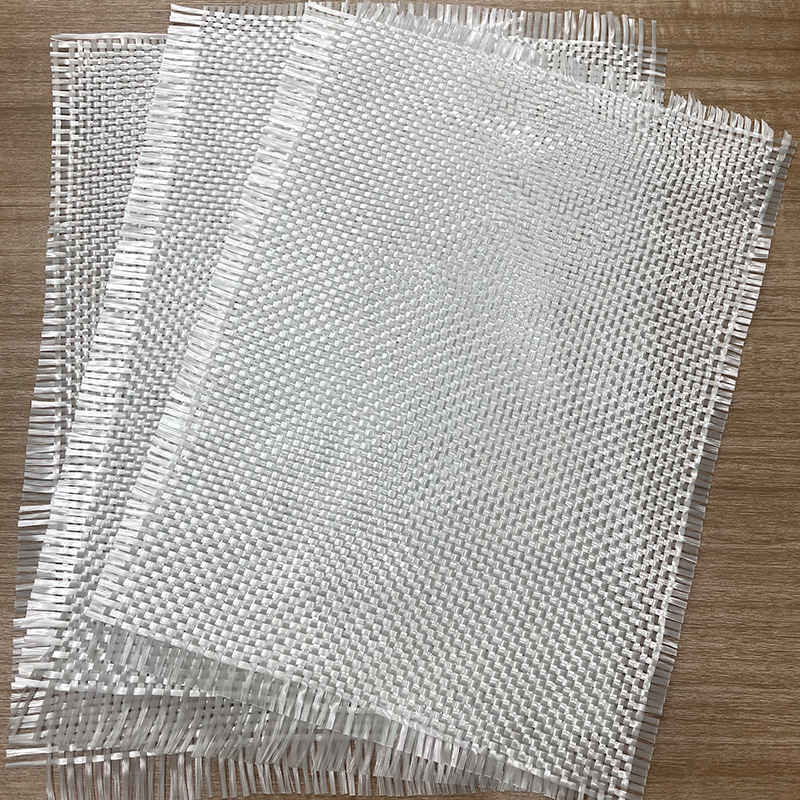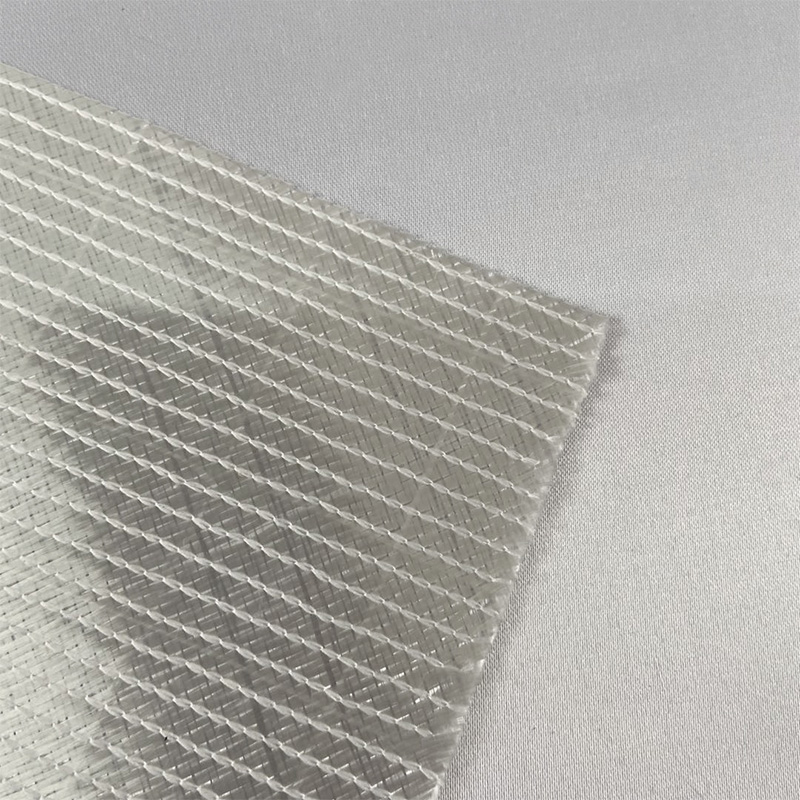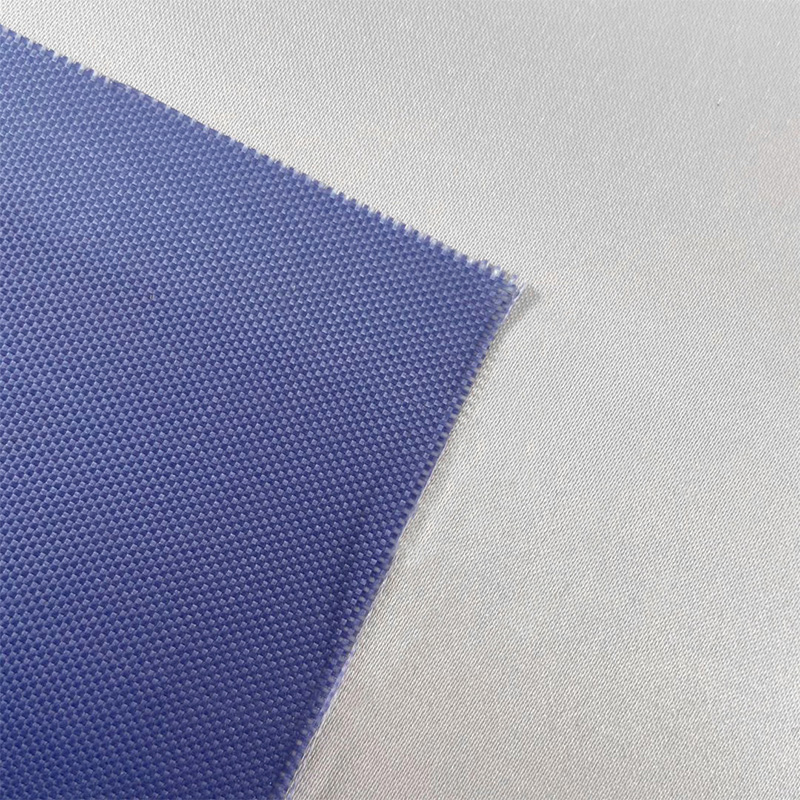In the field of building waterproofing engineering, roof waterproofing substrate, as the core component of the waterproofing system, undertakes the important mission of ensuring the long-term waterproofing performance of the building. This reinforcing material made of high-performance fibers, through its unique structural design and physical properties, provides a solid supporting foundation for various waterproof coatings and rolls, effectively solving the technical problems of easy cracking and poor weather resistance of traditional waterproofing systems. Unlike simple isolation layers, modern roof waterproofing substrates achieve a perfect balance of strength, flexibility and durability through precise fiber arrangement and composite processes, becoming an indispensable key material in building waterproofing projects.
The manufacturing process of roof waterproofing substrates reflects the deep integration of materials science and engineering technology. The polyester fiber substrate uses high-strength and low-elongation PET filaments, and forms a stable three-dimensional network structure through precise hot rolling or needle punching processes, which not only maintains excellent mechanical properties, but also ensures good bonding with waterproof materials. The glass fiber substrate uses special glass fibers with excellent alkali resistance, and after a special surface treatment process, it significantly improves the compatibility with asphalt or polymer materials. In the production of composite substrates, innovative lamination technology is used to organically combine fibers with different characteristics, so that the product has both the flexibility of polyester and the dimensional stability of glass fiber. The impregnation treatment in the post-finishing process further optimizes the pore structure and surface characteristics of the substrate, creating ideal conditions for the subsequent coating or compounding of waterproof materials.
From the performance indicators, high-quality roof waterproof substrates show many technical advantages. The tensile strength usually reaches more than 800N/5cm in the longitudinal direction and more than 500N/5cm in the transverse direction, which can effectively resist the stress caused by cracking of the base layer; the elongation is controlled within a reasonable range of 3%-5%, which not only ensures moderate deformation capacity, but also avoids performance degradation caused by excessive stretching. The temperature resistance covers a wide range of -30℃ to 120℃, adapting to various climatic conditions from severe cold to hot summer. In terms of chemical stability, the specially treated substrate can resist the erosion of corrosive substances such as acids, alkalis and salts, and is particularly outstanding in industrial environments or coastal areas. What is more noteworthy is that modern substrate products achieve the best wetting effect of waterproof materials through fine pore size control, greatly improving the interface bonding strength.
In the practice of construction engineering, the application scenarios of roof waterproofing substrates are extremely wide. In flat roof systems, the substrate serves as a reinforcing skeleton for waterproofing membranes, effectively dispersing deformation caused by temperature stress and preventing early failure of the waterproof layer. In sloping roof applications, the lightweight and high-strength characteristics make it an ideal waterproofing lining material for metal roofs or tile roofs. In the field of underground engineering, the excellent puncture resistance of the substrate provides a reliable guarantee for the waterproofing of the basement roof. In the planting roof system with higher technical requirements, the waterproof substrate must not only withstand the long-term load of soil and plants, but also resist root puncture, which places extremely high demands on the comprehensive performance of the material. The special environment of industrial buildings, such as the acid mist environment of chemical plants or the humid and hot conditions of food factories, requires specially developed special substrates to meet the use requirements under extreme working conditions.
With the advancement of construction technology, roof waterproofing substrates are developing towards functional composites. The self-healing substrate can automatically release the repair agent when cracks occur through built-in microcapsule technology, significantly extending the service life of the waterproofing system. The surface of the photocatalytic substrate is loaded with photocatalytic materials such as nano-titanium dioxide. While achieving waterproof function, it can also decompose harmful substances in the air and improve the surrounding environment of the building. The intelligent responsive substrate can automatically adjust the air permeability according to the changes in ambient temperature and humidity, and improve the breathing performance of the building while ensuring waterproof performance. The application of these innovative technologies has gradually developed traditional waterproof substrates into intelligent building materials with multiple functions.
Driven by the concept of sustainable development, the research and development of environmentally friendly roof waterproof substrates has made important breakthroughs. Bio-based fiber materials, such as polylactic acid fibers made from corn starch, have begun to partially replace traditional petroleum-based fibers, greatly reducing the carbon footprint of products. Recycling technology is also becoming more and more mature. The old waterproof substrate after the demolition of the building can be regenerated into new raw materials through special processes, forming a benign resource cycle. Energy-saving and emission reduction measures in the production process, such as the application of waste heat recovery systems and low-energy consolidation processes, have significantly improved the environmental friendliness of the new generation of substrate products.
Correct selection and construction are crucial to the performance of waterproof substrates. In the material selection stage, it is necessary to comprehensively consider the base type, environmental conditions and waterproof process requirements. Concrete base should use polyester substrate with moderate elongation, while metal roof is more suitable for glass fiber substrate with excellent dimensional stability. During the construction process, the quality of base treatment directly affects the final waterproof effect, and the surface must be flat, solid and without sharp protrusions. The overlap width and direction of the substrate during laying need to be strictly implemented in accordance with the specifications, and enhanced treatment measures are required for special node parts. The choice of adhesive should be compatible with the substrate and waterproof material to avoid chemical corrosion or bonding failure.
Looking to the future, roof waterproof substrate technology will continue to develop in the direction of high performance, multi-function and green. The application of nanotechnology is expected to further improve the mechanical properties and durability of materials; the integration of self-monitoring functions will enable waterproof systems to have real-time health diagnosis capabilities; and breakthroughs in biodegradable materials will bring revolutionary changes to the industry. With the continuous improvement of the construction industry's requirements for waterproofing and the increasingly stringent environmental protection regulations, roof waterproofing substrates, as the "invisible guardian" of building waterproofing, will surely play a more important role in ensuring the durability and safety of buildings.

 English
English 中文简体
中文简体 русский
русский Español
Español